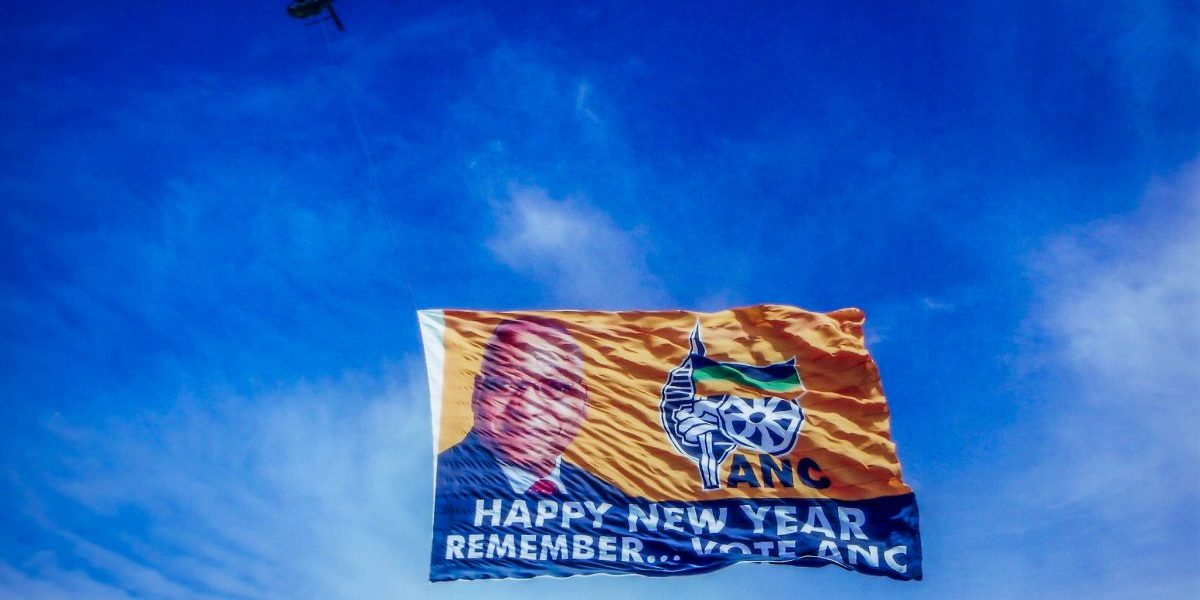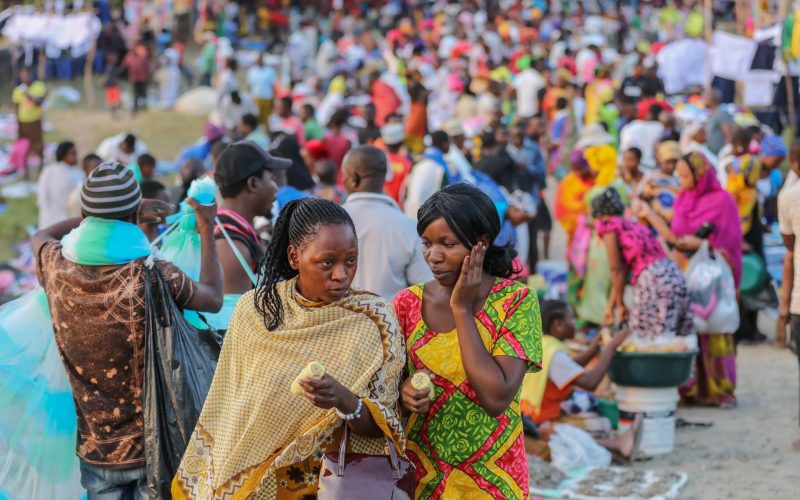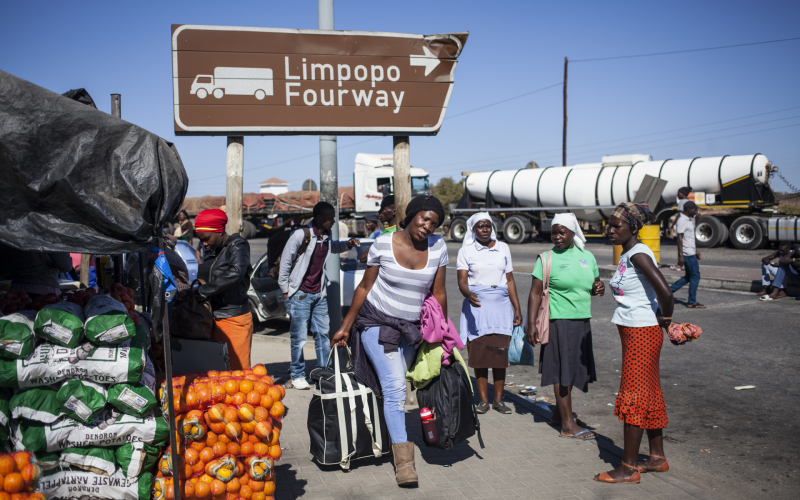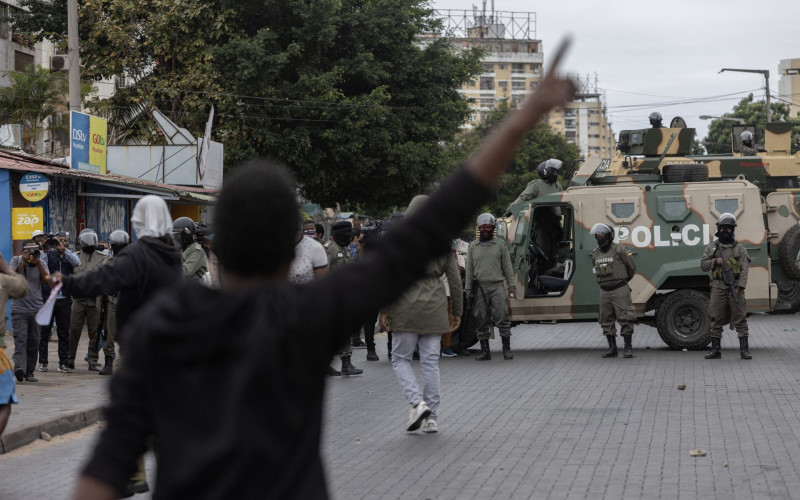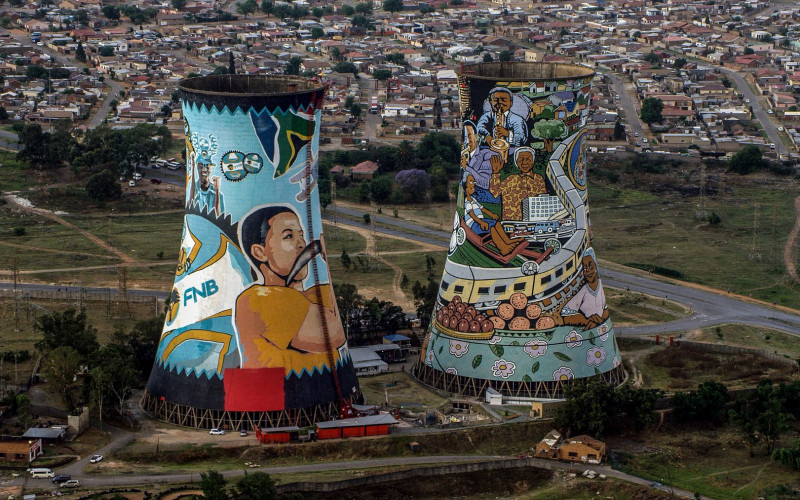In the post-mortem of the April 2009 polls, many of the opposition parties who won only a handful of seats will probably be left wondering how they got it all wrong. The ANC’s firm grip on the majority is not only due to their advantageous position of incumbency and their resources, but also their efficient and energetic campaign. Opposition parties seem to have misjudged their electorate by adopting inadequate campaign strategies.
As a first time voter, I would have liked to have had more viable choices on the ballot. Like my fellow first-time voters in the United States of America, I should have been excited about voting. The campaign strategies of opposition parties ignored the youth as an important contingent of the electorate. Voter statistics released thus far show that more than a million individuals between the ages of 18 and 29 registered as new voters. This means that in total just under a quarter of the electorate is under the age of thirty. Opposition parties did not court the attention or interests of the twenty-somethings, and might have benefited had they done so.
This election was a missed opportunity to foster a new voter identity amongst this group. Voter turnout and participation increased from 2004, as 78% of the registered electorate voted. Opposition movements could have gained political loyalty among new voters had they properly identified this niche group. The new young electorate are not to be found in the fervent crowds of struggle movement. Instead they are in lecture halls, offices and unemployment lines hungry for success and opportunity. Opposition parties missed this boat.
Smaller political parties have made the argument that they were disadvantaged due to unequal funding and media coverage. Still, to gain popular support is the responsibility of the party itself. Proportional state allocation of funding is based on how well the party is able to perform. Private funding is dependent on how well a party is able to mobilise financial support, and the ruling party always has an unfair advantage here. Similarly, the media, especially the private media, cover the most newsworthy campaign trails. Although the SABC as public broadcaster is constitutionally bound to award equal coverage, the big three, the ANC, the Democratic Alliance and the Congress of the People simply made better headlines. ‘Disadvantaged’ parties should have attracted more attention around policy-related issues important to the electorate to get into the public eye.
American president, Barack Obama raised the bar on campaigning and was able to mobilise mass support among ordinary citizens. Voting became personal again, creating political loyalty based on the value of change. Young supporters were central to Obama’s campaign, canvassing among their peers through an unprecedented online campaign, using everything from podcasts to Twitter, the latest social-networking website. Smart young citizen campaign managers made Obama’s one of the most popular pages on Facebook, with groups such as ‘Students for Obama’ and the victorious ‘I was alive when Barack Obama was president’ that had millions of people signing up to support him.
Obama’s online success seems to have inspired South Africa’s election campaign, to a limited extent the IEC made a more concerted effort to attract the post-Apartheid Born Free generation. Media campaigns starred local entertainers and television and radio personalities to encourage the youth to make their voices heard. In finding a new medium to communicate with the youth, the IEC also introduced ‘X for Democracy’ a website that offers voter education with bright colours and a street-cred vocabulary. A good effort, albeit patronising at times.
Political parties are also beginning to harness the power of the Internet. Newcomer Cope has successfully caught onto the technological trend started in the US as it has a presence on Facebook, Twitter and YouTube. The DA website has features such as the cheeky ‘The Real ANC Today’, but its DA Youth link is disappointing. Here, the medium eclipsed the DA youth message.
During the election campaign the Inkatha Freedom Party Youth Brigade did not communicate any message aimed at new voters. Dubbed as the ‘Custodians of the Values for Our Future’, their outdated 2008 message reinforces Dr Mangosuthu Buthelezi as the only personality of the party. One is left wondering what the future values are. The Obama campaign should have taught the Youth Brigade to keep the message clear and current.
The Independent Democrats have simply rejected the notion of a youth movement. Instead they have encouraged voters to redefine this social group, inviting their suggestions through email and sms. Still, there is little online evidence that voters have taken up the offer, showing that a tailor-made message is still the most effective.
The layout of the ANC Youth League website is similar to those of its opposition. The site is regularly updated and they have used social networking sites with some success. It stands out because it is successful in communicating a message important to young South Africans. The key to its success lies in content rather than medium. Online, ANCYL provides links to career guidance, youth in business and job listings such as BOSS, a database of youth-owned businesses. Presenting opportunities is what attracts the youth vote.
Obama’s online campaign was successful not only because of the technology it used but because his fundamental message – change – was made relevant to first-time voters. The global millennial generation are quite different to South Africa’s post-Apartheid generation and less than five million have internet access. A youth focussed campaign should highlight the concerns of its target audience, irrespective of the medium. The November 2008 Afrobarometer election survey showed that unemployment, the economy, poverty and HIV/Aids were on the minds of most voters, including young voters.
Party websites are an indication of campaign priorities and in my view none of the information aimed at the youth on these websites addressed any of these issues adequately. Election manifestos should have represented values and opportunities for progress and change. Successful opposition campaigns should have clearly outlined a working plan to effectively manage unemployment, poverty and HIV/Aids, issues that affect the future of the 18 to 29 electorate. Opposition parties should spend the next five years getting to know the people they promise to represent.

